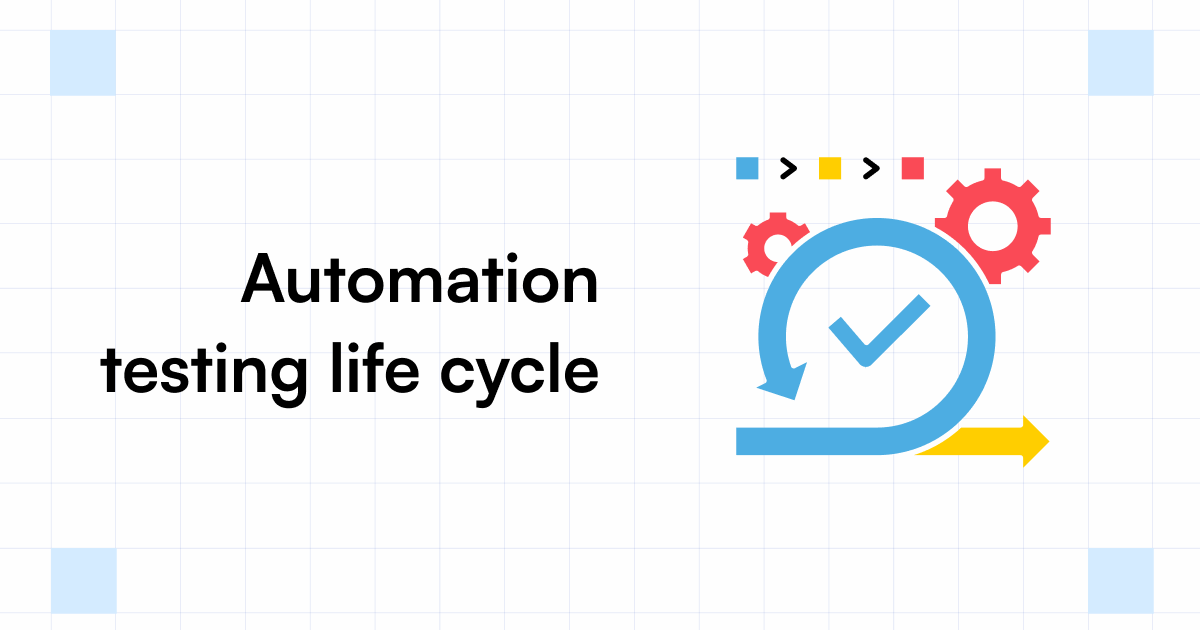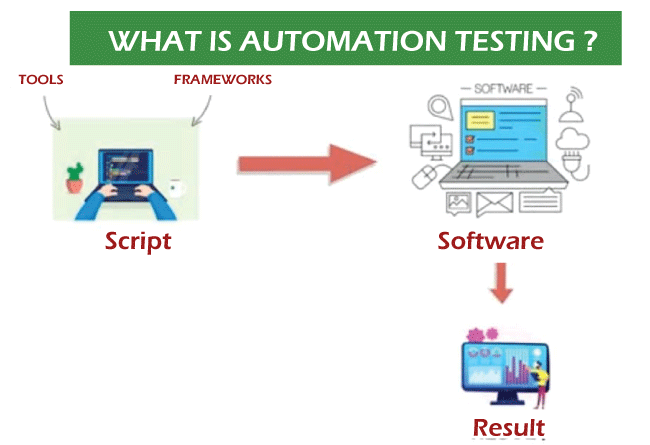Choosing the Right Tools for Effective Automation Testing Solutions
Choosing the Right Tools for Effective Automation Testing Solutions
Blog Article
From Guidebook to Automated Screening: A Comprehensive Overview to Transitioning Smoothly and Properly
In the realm of software application screening, the shift from manual to automated procedures has ended up being a progressively crucial transition for companies seeking to improve performance and accuracy in their screening techniques. As technology remains to advance, the demand for seamless and effective automatic testing techniques has actually never ever been extra important. The trip from handbook to automated testing is not without its obstacles, yet when come close to tactically and with a clear plan in mind, the benefits can be considerable - automation testing. In this comprehensive guide, we will certainly check out essential steps and factors to consider important for a successful change, from the preliminary selection of devices to the combination of automation into existing operations. Keep tuned to reveal the insights that will help lead the way for a smoother and extra efficient testing procedure.
Advantages of Automated Checking
Automated testing offers numerous benefits, enhancing performance and accuracy in software growth processes. One main advantage is the substantial decrease in testing time. Automated examinations can be run all at once on several tools and running systems, substantially speeding up the screening stage contrasted to hand-operated screening. This enhanced efficiency enables faster comments on the quality of the software program, allowing programmers to determine and address problems promptly.
Moreover, automated testing guarantees a higher degree of precision in spotting flaws. Uniformity in screening is additionally enhanced, as automated tests execute the same steps specifically each time they are run.
Choosing the Right Tools

Firstly, examine your purposes and demands. Understand the scope of your project, the innovations involved, and the ability of your group. This evaluation will certainly assist you identify the capabilities and attributes you call for in your screening tools.
Secondly, consider the compatibility of the tools with your existing systems and procedures. Smooth assimilation with your existing software development lifecycle is important to guarantee a smooth transition to automation.
Additionally, assess the scalability and versatility of the tools. As your screening needs evolve, the tools need to have the ability to adapt and accommodate modifications properly.
Lastly, factor in the support and community around the tools. When executing automated screening, durable support and an active user community can provide beneficial resources and support. By carefully thinking about these aspects, you can choose the right tools that align with your requirements and set the stage for a successful change to automated testing.
Composing Effective Examination Scripts

When crafting examination scripts, it is necessary to think about the particular requirements of the software being examined and make certain that the scripts resolve all essential performances. Clear and descriptive naming conventions for test manuscripts and test instances can improve readability and maintainability. Furthermore, incorporating mistake handling devices within the test manuscripts can aid in determining and resolving problems quickly.
Furthermore, arranging test manuscripts into modular parts can improve reusability and scalability, reducing redundancy and improving efficiency in browse this site examination script upkeep. Regular evaluations and updates to test manuscripts are critical to maintain rate with evolving software application requirements and capabilities. By adhering to these concepts, testers can produce efficient and robust test manuscripts that contribute dramatically to the success of automated screening processes.
Integrating Automation Into Workflows
By perfectly integrating automated screening tools like Selenium or Appium into the software development lifecycle, groups can accomplish faster feedback on code changes, leading to quicker bug detection and resolution. This assimilation permits for constant testing throughout the development process, guaranteeing that any concerns are recognized early on, resulting in greater software application high quality. Appropriate combination of automation tools requires collaboration between development, screening, and operations teams to establish a unified operations that maximizes performance and effectiveness in delivering high-quality software program products.
Making Certain a Smooth Transition
Efficiently transitioning to automated screening involves thorough planning and mindful execution to decrease interruptions and optimize performance in the software application development procedure - automation testing. To make sure a smooth shift, it is necessary to start by conducting a detailed evaluation of the present screening procedures and determining areas where automation can bring the most significant benefits. Involving with all stakeholders at an early stage in the process, consisting of programmers, read the full info here testers, and job supervisors, is critical for amassing support and buy-in for the automation initiative
Communication is vital during this change phase. Clear interaction of the goals, benefits, and expectations of automated testing aids to manage any kind of resistance or issues that might develop. Additionally, giving sufficient training and sources for staff member to upskill in automation devices and techniques is important for making sure an effective change.

Conclusion
To conclude, transitioning from manual to automated testing uses countless benefits, consisting of raised efficiency and reliability. By choosing the proper devices, creating reliable test scripts, and integrating automation effortlessly right into operations, companies can make certain a smooth and successful transition. It is vital to accept automation as a useful possession in software program screening procedures to boost total quality and efficiency.
In the world of software testing, the shift from handbook to automated processes has ended up being a progressively crucial change for companies seeking to improve effectiveness and accuracy in their testing methods. Automated tests can be run at the same time on several tools and running systems, considerably speeding up the testing phase contrasted to hands-on testing. Consistency in screening is likewise enhanced, as automated tests execute the very same actions exactly each time they are run.To guarantee the successful implementation of picked screening devices, the production of efficient examination scripts plays a crucial function in validating the capability and efficiency of automated processes - automation testing. By following these concepts, testers can produce robust and effective test scripts that add dramatically to the success of automated screening processes
Report this page